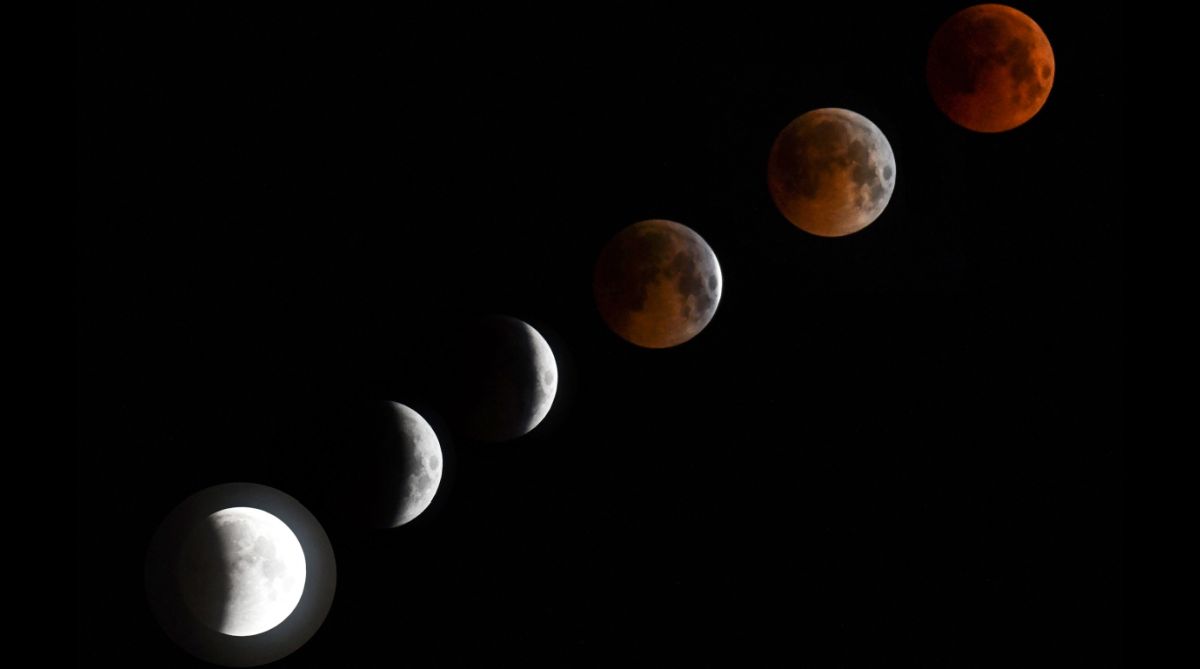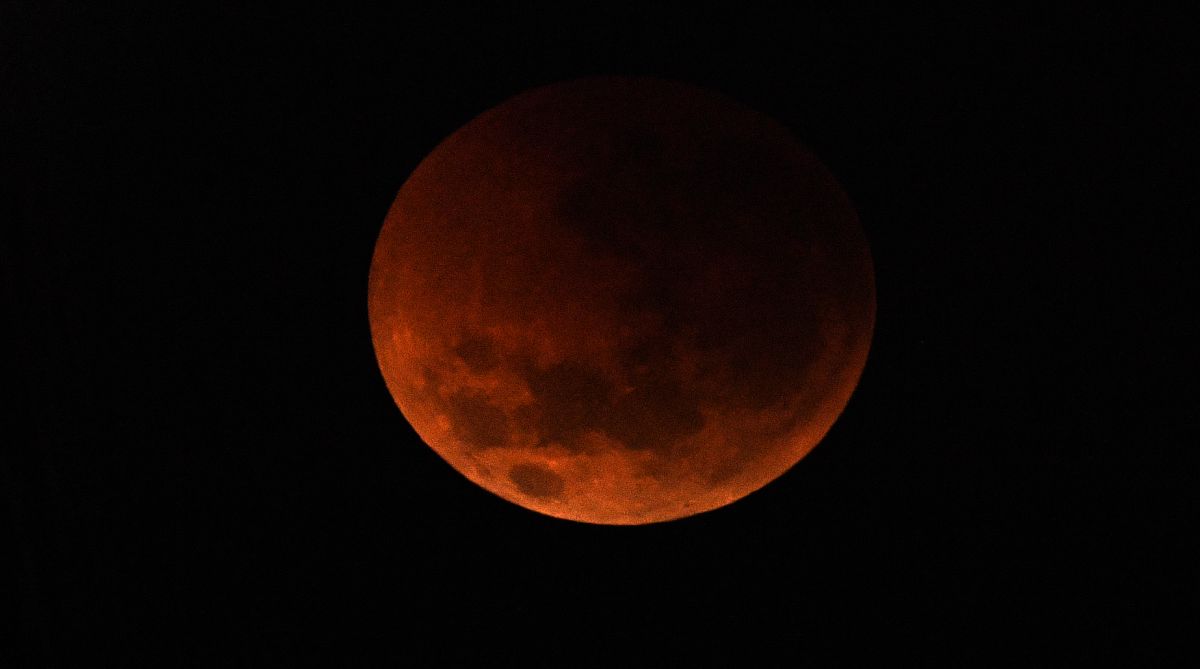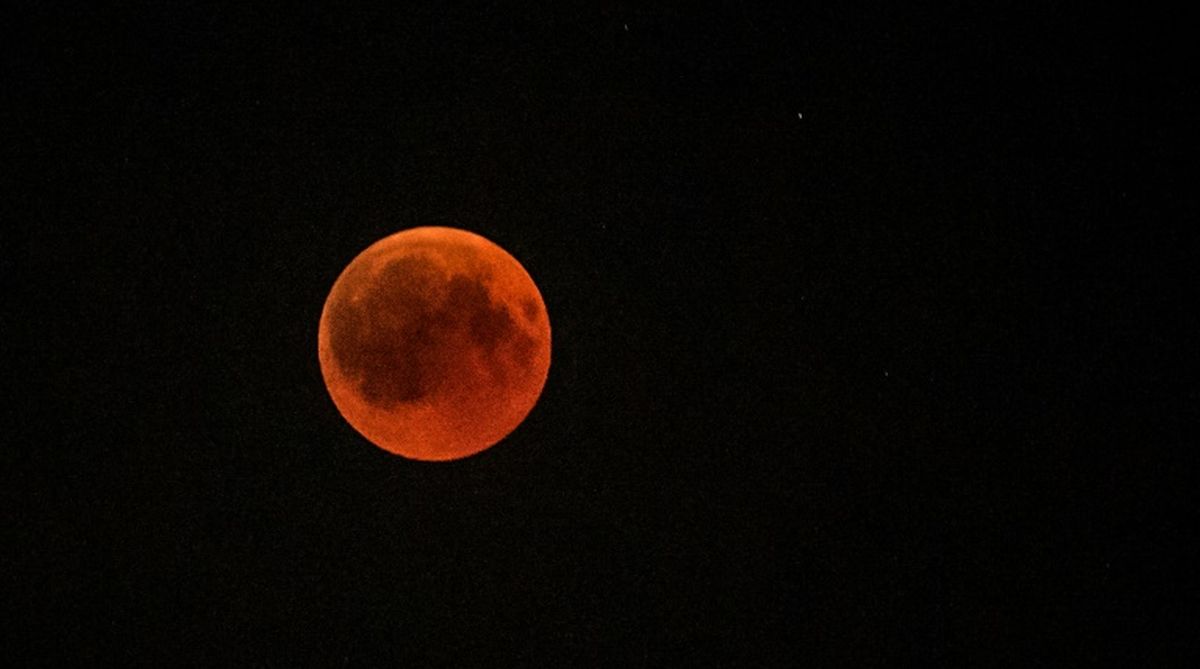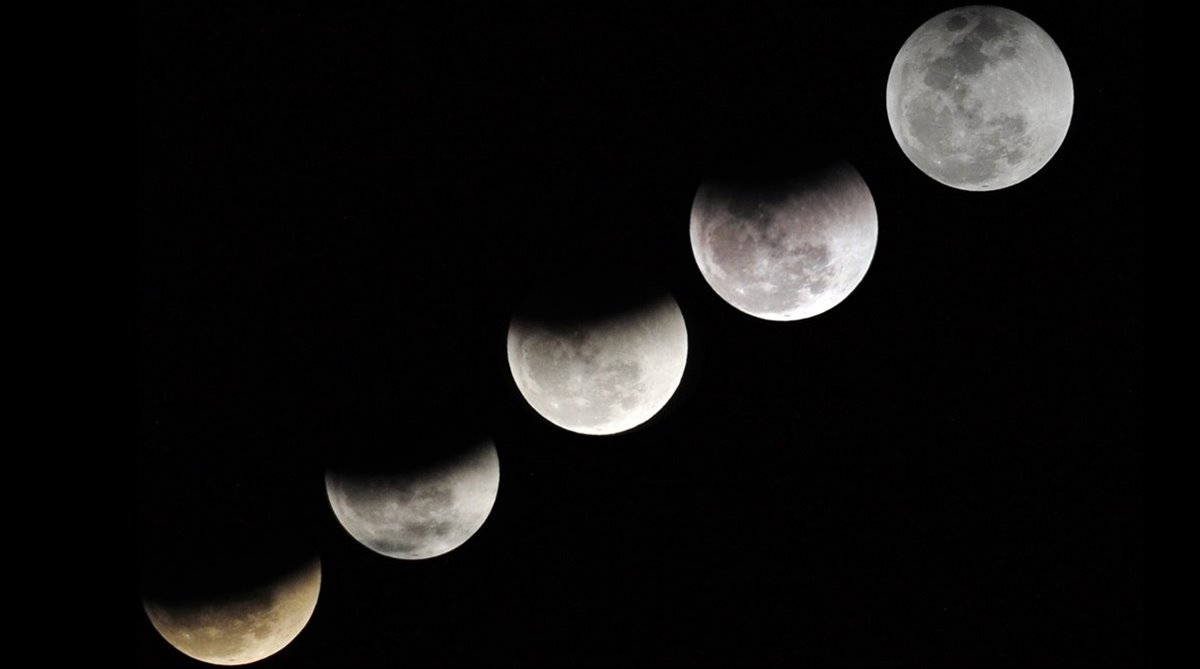Lunar eclipse: Blood moon as seen from around the world
The longest "blood moon" eclipse this century that coincided with Mars' closest approach in 15 years treated skygazers to a thrilling celestial spectacle

The longest "blood moon" eclipse this century that coincided with Mars' closest approach in 15 years treated skygazers to a thrilling celestial spectacle

Bad weather thwarted the cosmic display in several parts of the world.

Many people didn’t pay a visit to the planetarium but were excited to witness the major celestial event with binoculars and cameras.

The total eclipse lasts 1 hour and 43 minutes, with the entire event lasting closer to four hours.

It's a special day for skywatchers, as they prepare to watch the longest total lunar eclipse of this century beginning late Friday night (July 27) and stretching till the early hours of Saturday (July 28).
Blue moon and Blood moon are not named after any scientific or astronomical logic or explanation, as one would expect, but are merely 'scientific nicknames'.
The celestial spectacle will be taking place alongside the Blood Moon, as well as the Mars opposition.
A lunar eclipse can occur only when the moon is full, and is visible only at night. It is completely safe to look at a lunar eclipse with the naked eye.
The July 27 lunar eclipse lasting 1 hour and 43 minutes and will be preceded and followed by partial eclipses lasting more than one hour.
The longest total lunar eclipse of this century would be visible from all parts of the country on July 27.